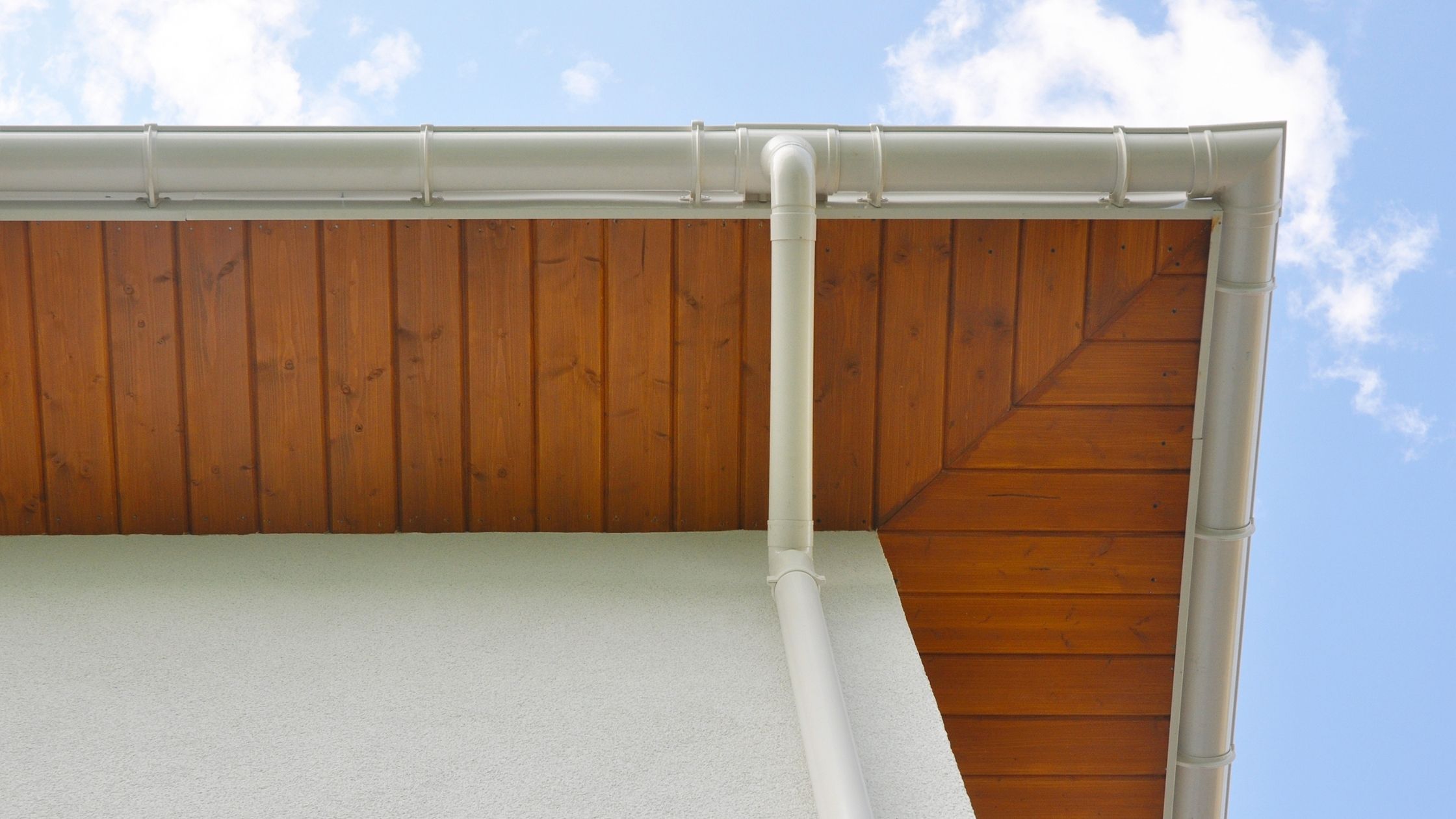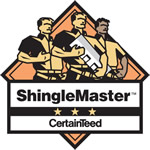The Ultimate Guide To Fascia Repairs & Replacement

The fascia board is the big wooden board that runs behind a house’s gutters. It attaches to the roof rafters, seals off the attic, and is a mounting point for gutters. A broken fascia board may result from clogged gutters, animal infestation in the attic, or other roof problems. A broken fascia can catalyze further roof problems and may result in damage to the attic and home. Therefore, if your fascia is damaged, it is critical to get it replaced.
This article will explain how a fascia board becomes broken and how to repair it. We’ll guide you through the materials you’ll need, how to properly install the fascia, and how to avoid future damage.
What is Roof Fascia and How Important Is It?
The fascia is a long horizontal wooden board extending along the roof’s border. Typically, a fascia is either 28 or 26 inches long. This board serves as a connection between the gutters and the roof truss. Suppose there is no visible wood in this area. In that case, your fascia boards are probably covered with a vinyl or aluminum cap that matches your gutter system. Homes without fascia boards are uncommon. In most cases, the absence of a fascia board violates construction rules and should be rectified to safeguard your property.
Roofers use the fascia to provide a sturdy mounting surface for the gutters, but it also performs other critical roles. Deprived of the fascia, the rooftop would have a gap that would give access to the attic. Thus, the fascia protects your attic from the elements and wildlife. Additionally, it is aesthetically beautiful, especially when capped to match the gutters.
Which Wood Is the Best for a Fascia Board?
When selecting a material for your fascia board, your environment, roof, and budget are the most crucial elements to consider. Therefore, it is prudent to get the advice of a professional roofer who is knowledgeable about your specific requirements before making your choices.
Numerous wood species are appropriate for fascia boards. Spruce, pine, and fir are all popular and reasonably priced alternatives. On the other hand, certain roofers like cedar, cypress, or redwood for their fascia boards. While more costly, these timbers are more resistant to dampness, even if left untreated. If you pick a different type of wood for your fascia board, it may require sealing or the addition of a cap or trim to protect it from moisture. Additionally, sealed and painted wood may require refinishing every several years, whereas cedar and PVC require less upkeep.
What Exactly Is Fascia Trimming?
Fascia trim (alternatively referred to as fascia cover, fascia cap, or fascia board flashing) is a thin layer of material attached to the board’s exterior to protect it from the weather. Trim for fascias is available in various materials, including vinyl, aluminum, and copper. Generally, you want to select a material that complements your gutter system.
When Is The Right Time To Replace Your Roof Fascia?
When is it necessary to repair a fascia board? It is entirely up to you! Replace your fascia board if it is stained, bending, or peeling and detracts from the appearance of your property. It would help if you trusted your roofer’s judgment when determining whether your fascia board is too broken or frail to continue performing its function.
The following types of damage may necessitate replacing your fascia board:
Moisture affect: If your fascia board was left open or untrimmed, moisture exposure might have harmed it. Roof leaks, gutter blockages, and other roof problems may potentially expose the fascia to moisture continuously. If exposed to water, it may develop wood rot and become unstable over time. A fascia board that has developed wood rot may collapse and cause damage to the gutters.
Algae, mold, and fungus: These three growths can infect fascia boards that regularly keep wet. Additionally, serious mold and fungal infections on the roof’s upper surface may migrate to the fascia board. Algal black stains may have the same effect.
Shattered Fascia Board
Cracks: Fractures in the fascia board might form due to exposure to fluctuating temperatures, water damage, or simply as a result of aging. In any case, the cracked fascia board should be replaced.
Damage caused by animals: Animals can be highly determined to access your attic area in search of shelter. They may gnaw through your fascia board or exacerbate small holes between the roof. Additionally, fascia boards are susceptible to insects such as termites.
Bending or bowing fascia boards might signal structural difficulties with the property, so it’s critical to discuss this with your roofing experts.
Holes: Every hole in the fascia, even a nail hole, may allow water to enter your attic. While small holes may be patched and sealed, larger holes may require replacing the fascia board.
Occasionally, you may repair a part of the fascia rather than replacing the complete board. For instance, if only a few feet of the board has been exposed to water, your roofers may be allowed to remove that portion of fascia, provided it spans two rafters and can be properly resecured. If the sheet has two contact facts with the rafters, it should be sufficiently robust to support your gutters.
However, a fascia board that exhibits indications of aging, such as bowing and cracking, should be completely replaced, even if a portion of it seems salvageable, as it may fail shortly.
Final Thoughts
Long horizontal wooden boards go along the roof’s edge. Roofers use it to secure gutters to the roof. Broken fascia boards might be caused by blocked gutters, attic infestations, or other roof issues. Fascia trim is a protective covering of material affixed to the board’s outside. Popular and affordable choices for fascia boards are spruce, pine, and fir.
Some roofers choose cedar, cypress, or redwood. Termites can infest fascia boards. Every fascia hole, even a nail hole, allows water into your attic. Any fascia board showing signs of deterioration, such as bowing or cracking, should be replaced.

In Awe Roofing Limited is an Award-Winning, family owned and operated Vancouver Roofing Contractor with over 17 years of roofing experience. We serve the entire Lower Mainland area, from Whistler to Chilliwack, employing a team of professional staff members. Our team has won numerous awards including Best of Homestars for the last five years, and Three Best Rated six years in a row. Learn more






















